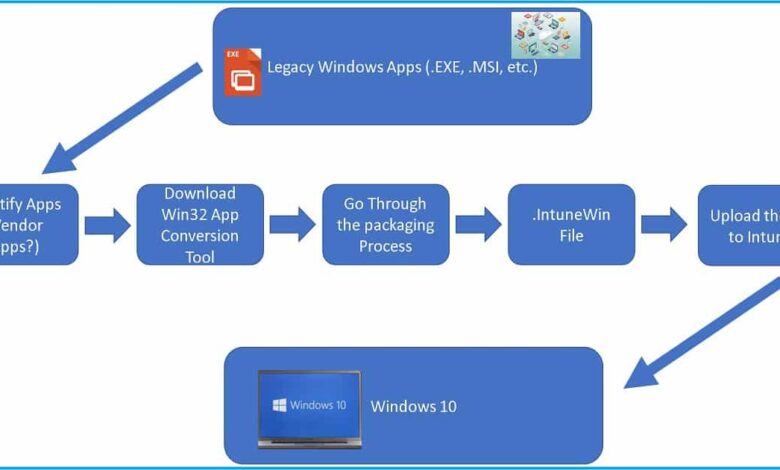Top Tips to Improve Your App Deployment

Looking for the best ways to improve app deployment? Whether you’re an independent developer or part of a larger organization, here are some top tips to improve your app deployment moving into the future.
Application deployment, also referred to as software deployment, is the process of publishing a developed application for a wider audience (e.g., customers). It’s an exciting process — but it can also be quite difficult. As you would expect, lots of roadblocks can occur during app deployment, such as integration problems, which is why you need to be at the top of your game to ensure the smoothest possible deployment.
To help you with all of your future app deployments, this guide has put together a list of some top tips for you to dive into. Read carefully, as you won’t want to miss a detail.
Use a High-Quality App Deployment Platform
Before anything else, you need to make sure you use a high-quality app deployment platform. This is because app deployment platforms:
- Streamline the deployment process
- Help you to maintain consistency across different environments
- Save you time and money (as developers aren’t required to do as much manual work)
Whenever there are OS or server software updates, there’s no need to worry, as your app deployment platform will manage it for you. Essentially, it’s a no-brainer to have one in place, so you’ll need to think carefully about which app deployment platform you use.
These days, the vast majority of companies use Kubernetes. From Google to Spotify, some of the world’s biggest names use this open-source platform to ensure the best app deployment possible. Knowing this, it’s advised that you use Kubernetes, too. If you ultimately do decide to implement Kubernetes throughout your organization, don’t forget about the best ingress controller for Kubernetes. With your Kubernetes ingress control, you’ll be able to boost your security by providing a secure entry point for all outside traffic into your Kubernetes clusters. Now, that’s a smart way to operate!
Test, Test, Test
Before actually attempting to deploy your application, make sure that your software has been thoroughly tested. Otherwise, you run the risk of deploying an application that doesn’t actually work very well. The end result? Unhappy customers and a damaged reputation.
The more testing you do, the better. While doing your testing, make sure all angles are covered, from integration to user acceptance. This way, it makes it harder for potential problems to fall under the radar.
Monitor Software Performance
Monitoring is extremely important when it comes to app deployment.
By using monitoring tools, you can identify potential issues in the software environment, such as with the operating or database system. Whenever an issue is uncovered, you can then address it so that it doesn’t harm your app deployment or even bring it to a complete standstill. Luckily, you can use free platforms like Google Analytics and Datadog in order to gain real-time data surrounding the health of your software, which is definitely beneficial.
Logging is Key
While monitoring the performance of your software, make sure that logs are made every step of the way. This will help you to create a roadmap for solving problems and restoring old versions of your applications if necessary. Failure to log important data will ultimately lead to poor and slow app deployment, which you need to avoid.



